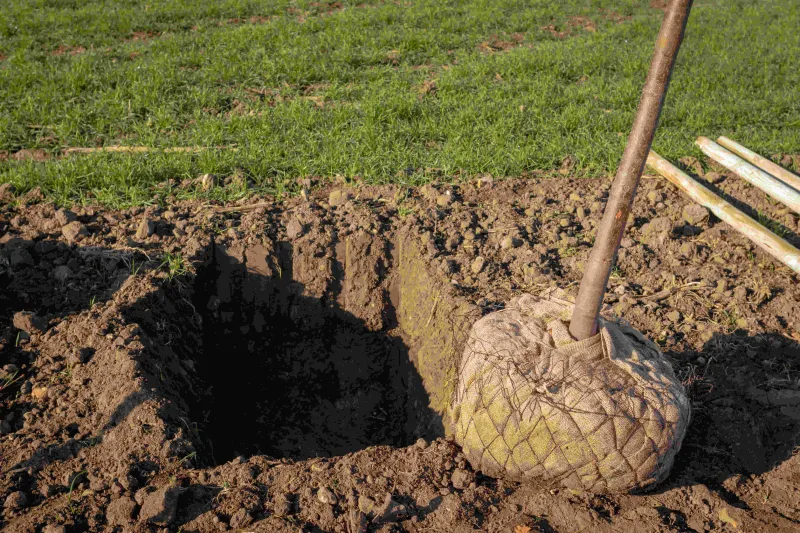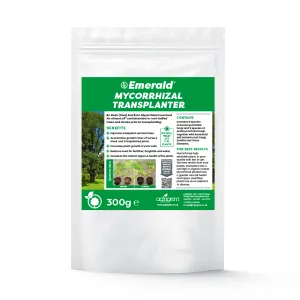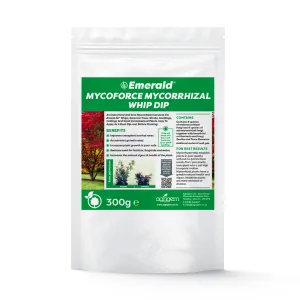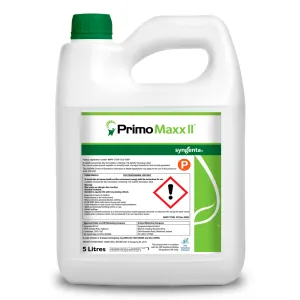Why restrict plant growth?
It’s a good question – you put so much effort into encouraging plants to grow, it seems odd that you’d want to slow that process down.
To understand it, imagine you’re a Green Keeper in charge of a 100-acre golf course. You have to keep the turf immaculate, but all that mowing in a site that size takes considerable time. Restricting the growth rate of grass will help reduce that time and therefore cost.

Golf courses benefit from growth regulators
In addition, golf courses are not flat, and banks and bunkers need to look good too. Growth regulators work very well on sloped grass areas to minimise cutting interaction without compromising visual impact.
Cost, safety, and performance benefits
In this specific golf course example, growth regulators help Green Keepers maintain and improve the playability of the surface too – giving players the best experience possible. It makes sense then to regulate the growth of the turf to maximise playing enjoyment and keep cost and disruption to a minimum.
The same goes for slopes at the side of roads or train tracks – it can be significantly more cost-effective (and safer) to regulate the growth of plants in these situations than to mow or kill off excessive growth.
Transit and crop yield benefits
One of the other key reasons for using growth regulators is to protect plants in transit. Slowing their growth rate helps prevent stem breakage and stops plants becoming elongated.
Growth regulators also help produce more compact and robust plants that are better able to withstand various stressors such as drought.
In agriculture, growth regulators can control the height of crops, generating consistency across the field and reducing top growth which is more susceptible to disease.
In these situations, use of a growth regulator can improve crop yield and aid harvesting - making it more efficient.
If you have a large lawn with slopes, you might want to consider a growth regulator to help minimise mowing and improve visual appeal. Agrigem sells a variety of growth regulators - take a look at our range.
Why stimulate plant growth?
There are many reasons you might want to stimulate plant growth, particularly where you have poor soil conditions, or need to boost the growth of a newly transplanted tree – for example.
The core ingredient of most stimulants sold by Agrigem is mycorrhizal fungi. This element is missing from potting compost, fallow soil, and nursery plants that have been cultivated with chemical fertilisers and fungicides.
Emerald Mycorrhizal Transplanter is specifically designed to stimulate growth in root-balled trees and shrubs - before transplanting.

Promote expedited growth in root-balled trees
It can potentially double the growth rate of young plants and contains a combination of nine endomycorrhizal fungi, nine ectomycorrhizal fungi, beneficial bacteria and fungi, Zeolite, and trace elements.
Reduced inputs, better growth
Growth stimulants can help reduce the need for fertiliser water and fungicide. They also encourage beneficial soil microbes that can support a plant’s root system to take up more water and nutrients from the soil.
Broad-use stimulants can be used at any point in a plant’s life or stage of growth. When applied to seedlings, they can improve a plant’s chance of survival by hastening the time it takes for roots to establish.
Get in touch with our Technical Team if you have any questions about using regulators or stimulants.









